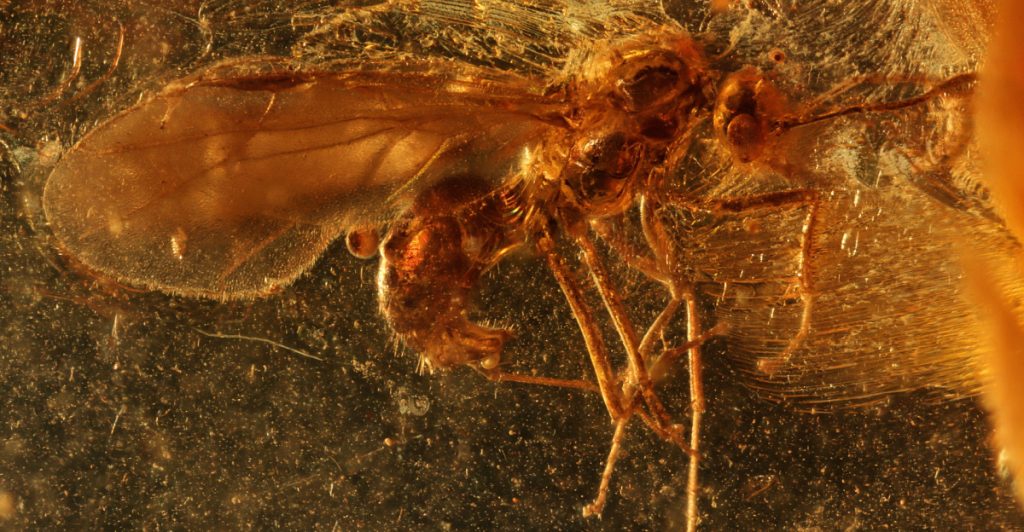A 113-million-year-old fossil found in Brazil reveals the nightmarish predator that once stalked prehistoric prey.
Others are reading now
In the realm of ant fossils, few discoveries send shivers down a scientist’s spine.
This one did.
Hidden for over 100 million years in Brazil’s limestone-rich Crato Formation, researchers recently uncovered the oldest known specimen of a now-extinct predator known as the “hell ant.” With scythe-like jaws and an anatomy built for skewering its prey, this prehistoric insect is as chilling as it is scientifically invaluable.
The discovery was published in Current Biology and marks the earliest known member of the hell ant subfamily (Haidomyrmecinae), which until now had only been found in amber from Myanmar and France.
Also read
Paleontologist Anderson Lepeco, co-author of the study, said in Popular Science:
What makes this discovery particularly interesting is that it belongs to the extinct ‘hell ant,’ known for their bizarre predatory adaptations.
A Global Predator, Long Before Globalization
This particular fossil pushes back the known existence of hell ants by millions of years. It also proves that these creatures weren’t confined to what is now Southeast Asia. Their presence in South America indicates they were already widespread during the Cretaceous period, likely crossing early land bridges as the continents shifted into modern form.
The team at Brazil’s Museu de Zoologia da Universidade de São Paulo discovered the fossil while examining a large collection of insects from the Crato Formation, a site famous for exceptional fossil preservation. The find was notable not just for its age and condition, but for the species’ unique anatomy.
Built to Kill Differently
Modern ants have jaws that swing horizontally, like pliers. Not so with hell ants. Their mandibles moved vertically, working with a facial horn to trap and impale prey in a clamp-like motion that’s been compared to a bear trap or a guillotine. It’s a hunting strategy not seen in any insect alive today.
CT scans revealed how far these adaptations had progressed—even at this early stage of ant evolution. This ant wasn’t just some evolutionary prototype; it was already a highly specialized killer.
Lepoco states:
Finding such an anatomically specialized ant from 113 million years ago challenges our assumptions about how quickly these insects developed complex adaptations.
A Peek Into Prehistoric Predation
This hell ant is more than just an oddity. It provides key insight into how quickly ant lineages evolved into distinct ecological niches. The discovery also highlights the importance of exploring old museum collections with modern tools. Hidden in drawers and rock slabs could be more fossils like this—whispers from a prehistoric world where evolution was already moving at full speed.
While today’s ants are mostly harmless picnic-crashers, their ancient cousins had different plans. The fossil now resides in São Paulo, offering scientists and the public a close look at a predator best admired behind glass.


